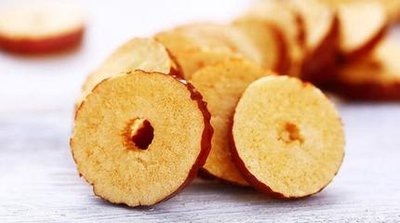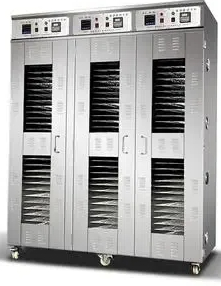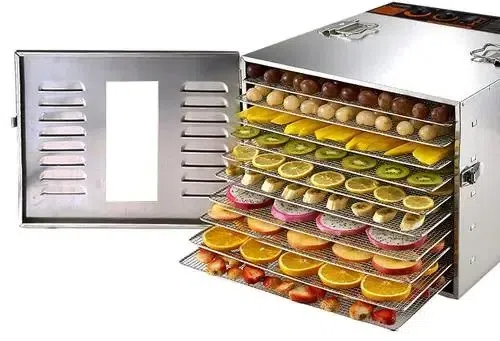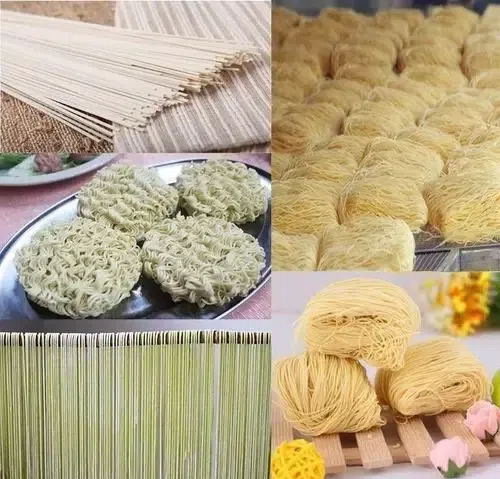
Content Menu
● Introduction
● Understanding Food Drying
● Types of Food Drying Techniques
>> Air Drying
>> Sun Drying
>> Oven Drying
>> Freeze Drying
>> Dehydrators
>> Industrial Drying Methods
● The Science Behind Food Drying
● Benefits of Food Drying
>> Preservation of Nutrients and Flavors
>> Extended Shelf Life
>> Economic Advantages
● Applications of Dried Foods
● Challenges in Food Drying
>> Quality Control
>> Equipment Considerations
>> Environmental Impacts
● Future of Food Drying Technology
● Conclusion
● Frequently Asked Questions
>> 1. What are the main methods of food drying?
>> 2. How does drying preserve food?
>> 3. What types of foods can be dried?
>> 4. What are the benefits of using a dehydrator?
>> 5. Is dried food as nutritious as fresh food?
Introduction
Food drying is a time-honored method of preserving food that has evolved significantly over the centuries. This process not only extends the shelf life of various food products but also enhances their flavors and nutritional value. In an era where food waste is a pressing concern, understanding the intricacies of food drying is more important than ever.

Understanding Food Drying
Food drying is the process of removing moisture from food to inhibit the growth of spoilage-causing microorganisms. Historically, drying has been practiced since ancient times, with methods ranging from sun drying to more sophisticated techniques used in modern food processing. The evolution of drying methods reflects advancements in technology and a growing understanding of food science.
Types of Food Drying Techniques
There are several methods of food drying, each with its unique advantages and applications:
Air Drying
This traditional method involves hanging food in a well-ventilated area. It is simple and cost-effective but can be time-consuming.
Sun Drying
Utilizing the sun's heat, this method is effective in hot, dry climates. However, it is less reliable in humid conditions.
Oven Drying
This method uses a conventional oven to dry food at low temperatures. It is more controlled than sun drying but can consume more energy.
Freeze Drying
A sophisticated method that involves freezing food and then reducing the surrounding pressure to allow the frozen water to sublimate. This technique preserves the food's structure and nutrients exceptionally well.
Dehydrators
These appliances are designed specifically for drying food, providing controlled temperature and airflow for optimal results.
Industrial Drying Methods
Large-scale operations often use advanced technologies like hot air drying and microwave drying to process food efficiently.
The Science Behind Food Drying
The effectiveness of food drying hinges on the removal of moisture, which is crucial for preventing spoilage. During the drying process, the temperature and humidity levels must be carefully monitored to ensure that the food retains its quality. Chemical changes, such as the concentration of flavors and the breakdown of certain compounds, occur during drying, which can enhance the taste of the final product.
Benefits of Food Drying
The benefits of food drying are manifold:
Preservation of Nutrients and Flavors
Properly dried foods can retain a significant amount of their nutritional value, making them a healthy choice.
Extended Shelf Life
Dried foods can last for months or even years without refrigeration, making them ideal for long-term storage.
Economic Advantages
For producers, drying can reduce waste and increase profitability by allowing for the sale of seasonal products year-round.

Applications of Dried Foods
Dried foods have a wide range of applications in the culinary world. They are commonly used in snacks, meal kits, and as ingredients in various dishes. The market for dried foods is expanding, with consumers increasingly seeking convenient and nutritious options.
Challenges in Food Drying
Despite its advantages, food drying presents several challenges:
Quality Control
Ensuring consistent quality across batches can be difficult, especially with natural products.
Equipment Considerations
The choice of drying equipment can significantly impact the efficiency and quality of the drying process.
Environmental Impacts
Sustainable practices must be considered to minimize the ecological footprint of food drying operations.
Future of Food Drying Technology
The future of food drying is promising, with innovations in technology paving the way for more efficient and sustainable practices. Heat pump dryers, for instance, are gaining traction in the food industry due to their energy efficiency and ability to maintain optimal drying conditions. As consumer demand for high-quality dried foods continues to grow, the industry is likely to see further advancements.
Conclusion
Food drying is a vital process in the food industry, offering numerous benefits in terms of preservation, quality enhancement, and economic viability. As technology continues to evolve, the methods and applications of food drying will undoubtedly expand, providing consumers with even more options for enjoying nutritious and flavorful foods.

Frequently Asked Questions
1. What are the main methods of food drying?
The main methods include air drying, sun drying, oven drying, freeze drying, and using dehydrators.
2. How does drying preserve food?
Drying removes moisture, which inhibits the growth of bacteria, yeast, and molds, thus extending the food's shelf life.
3. What types of foods can be dried?
Fruits, vegetables, meats, herbs, and grains are commonly dried foods.
4. What are the benefits of using a dehydrator?
Dehydrators provide controlled temperature and airflow, ensuring consistent drying and preserving more nutrients compared to other methods.
5. Is dried food as nutritious as fresh food?
While some nutrients may be lost during drying, many vitamins and minerals remain intact, making dried foods a nutritious option.












